Six Car Companies With Surprising Origins
Starting a car company is never easy, even when you have a clear vision of building cars. Some car makers, however, started building their vehicles by more unusual means. Here are the stories of how some very well-known names stumbled into the world of car production.
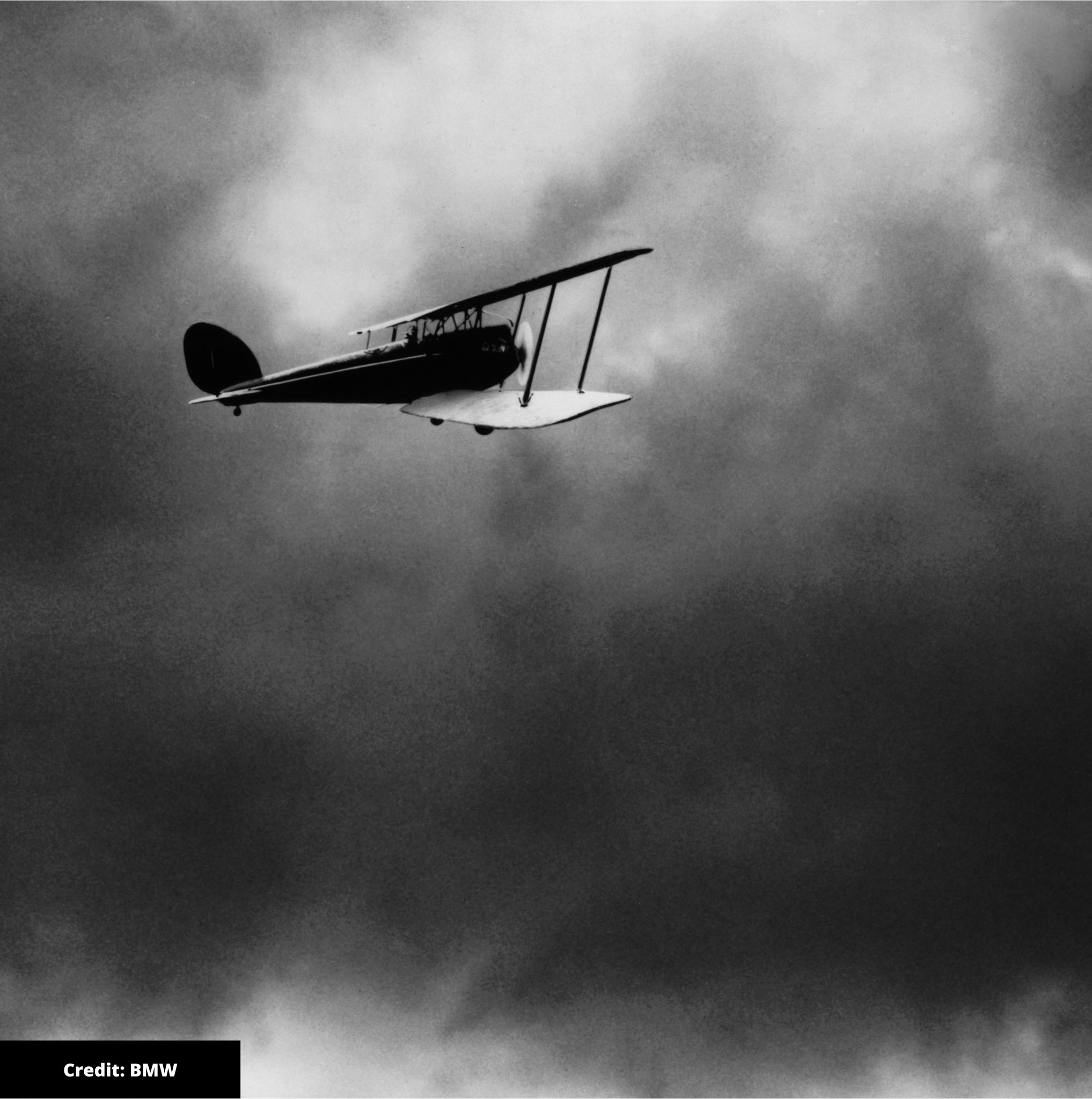
Volkswagen given Major boost
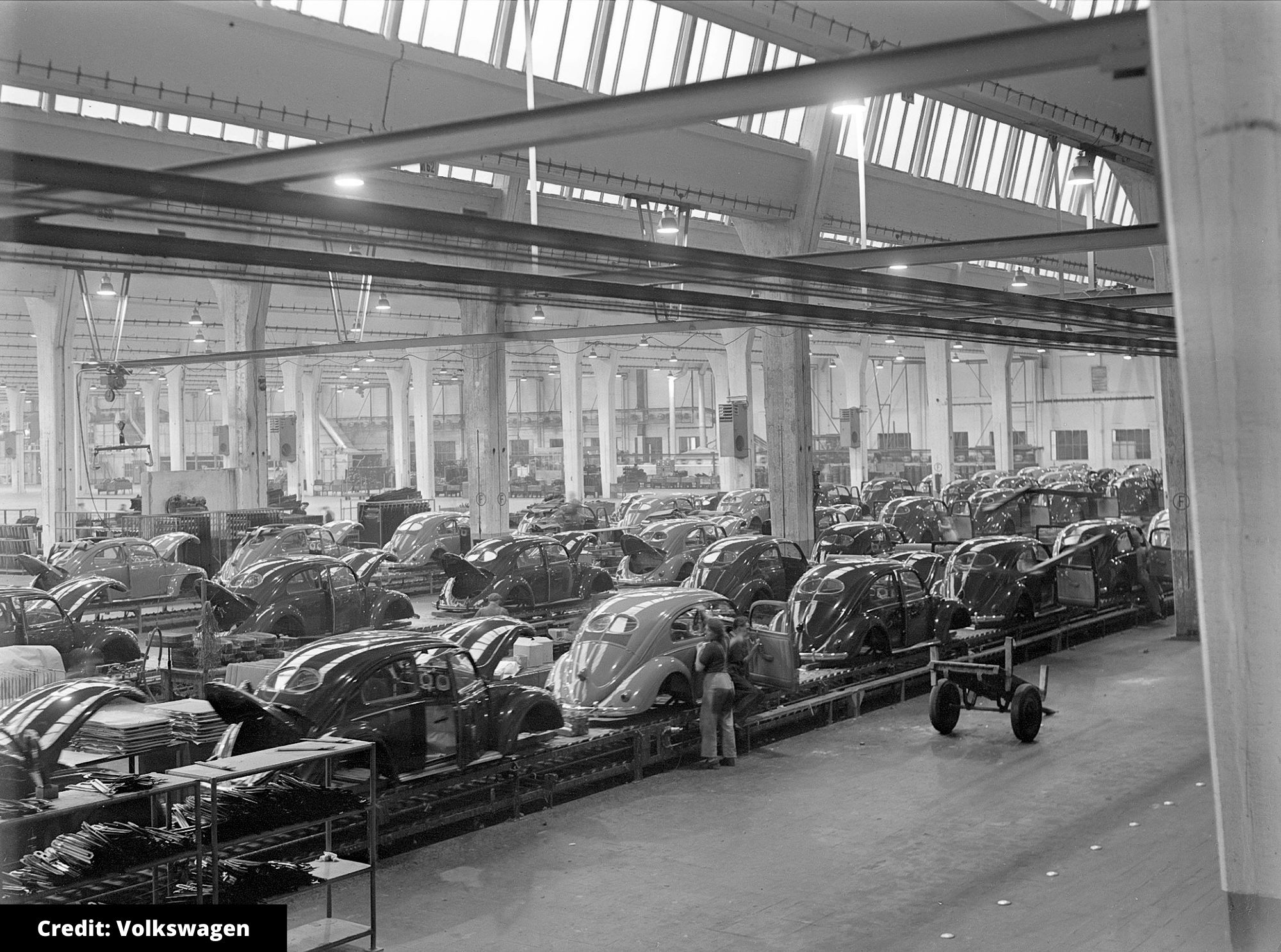
Volkswagen is one of largest car makers in the world today, yet it could so easily have become a footnote in the automotive world had it not been for Major Ivan Hirst, a British Army officer put in charge of the Wolfsburg factory after the Second World War. Before the war, VW was founded in 1937 with the idea of supplying the German public with an affordable people’s car that they could save up to buy. The Ferdinand Porsche design was sound but the project was stymied by interference from Adolf Hitler’s government.
After the war, Major Hirst and his assistant Heinrich Nordorff got production up and running, giving vital jobs to the local population and rebuilding the country’s manufacturing. By 1946, VW was making 1,000 cars per month despite the factory still only being part-repaired from bomb damage sustained during the war. This might have explained why various British and American car companies passed on the opportunity to buy the emerging VW brand, with one car boss telling Major Hirst that VW wouldn’t last two years. That’s a business decision up there with Dick Rowe deciding not to sign The Beatles.
Bull rages against prancing horse
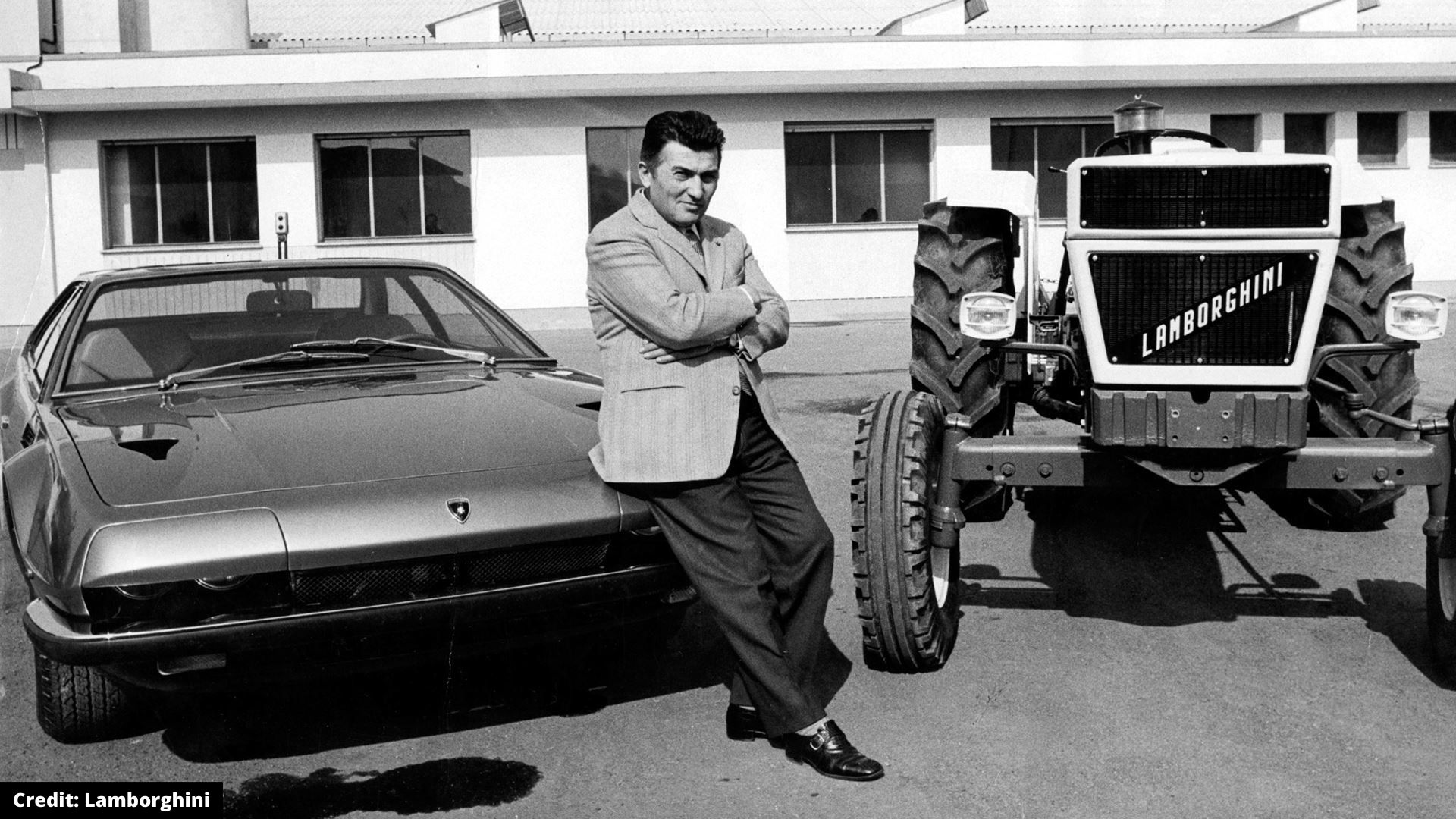
Just as the Fab Four were hitting their stride in the charts, Ferruccio Lamborghini decided to go into the car business. Already a successful tractor maker, Lamborghini wanted a Ferrari road car that was reliable and well made. When he pointed this out, Enzo Ferrari replied that Ferruccio didn’t know how to drive a sports car properly. Stung by this, Lamborghini is said to have resolved to build a better sports car than Ferrari and his V12-powered 350 GT of 1964 was every inch a rival to anything his Modena-based competitor could offer.
However, Lamborghini’s true revenge waited until 1966 with the launch of the sensational Miura. This was the world’s first true supercar and used a race car-inspired mid-engined layout to allow for its ground-hugging sleek looks. With power from a transversely-mounted V12, performance was never in doubt and top speed was claimed to be 170mph. The only problem was early Miuras had a tendency to get very light at the front end at high speeds due to the aerodynamics.
Roaring Lyons
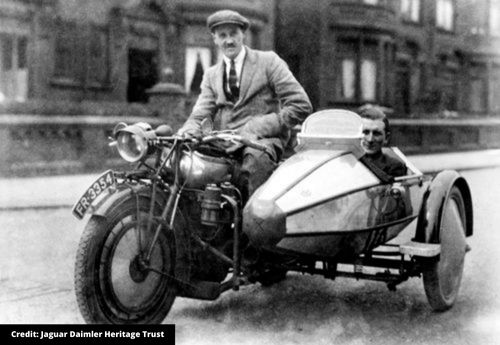
Sleek bodywork was a founding principle of the Swallow Sidecar Company set up by William Lyons in 1922. For those who couldn’t afford a car, a motorcycle and sidecar combination was the next best thing and Lyons made them to a high standard. This led to Swallow offering its own bodies based on existing car chassis and running gear, notably the Austin Seven.
Always keen to expand his empire, Lyons used the company’s experience in making bodies to become a full-blown car producer under the SS Cars name. However, this name was quickly dropped after the Second World War due to its negative connotations. In its place, Lyons used the ‘Jaguar’ name that he’d already given some pre-war models. When the XK120 was launched in 1948, it set Jaguar on the path to glory as a maker of sleek sporting cars, whether they were two-seaters or saloons, and led to the company’s cars winning the Le Mans 24 Hours race five times during the 1950s.
No longer just bobbing along
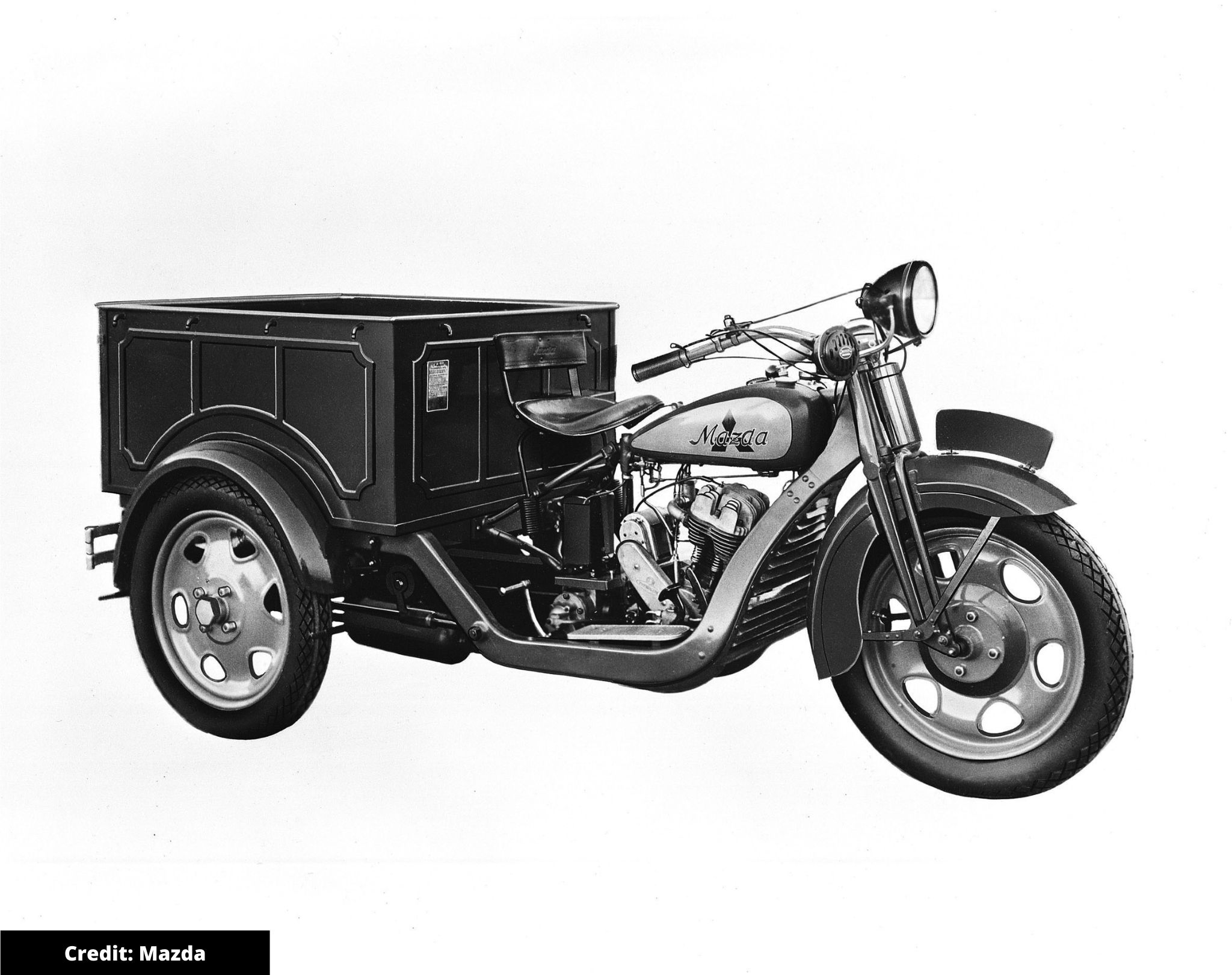
Another company with Le Mans honours to its name is Mazda, but long before its 787B took victory in the 24 Hours endurance classic the firm started out as the Toyo Cork Kogyo company. As time progressed, this business moved into making machinery and then it was a short step to building vehicles. The first of these was an auto rickshaw, which was not much more than a motorcycle with a carry box on the back supported by a wheel on either side. When this was introduced in 1931, the firm’s name changed to Mazda, which comes from the god of harmony and wisdom.
This proved a good choice of inspiration as Mazda went on to champion the rotary engine design when all others struggled to make it work. Today, Mazda is still developing a rotary engine and it also acknowledges its past by using cork for some of the interior trim of its MX-30 electric car.
‘Plane sailing for BMW
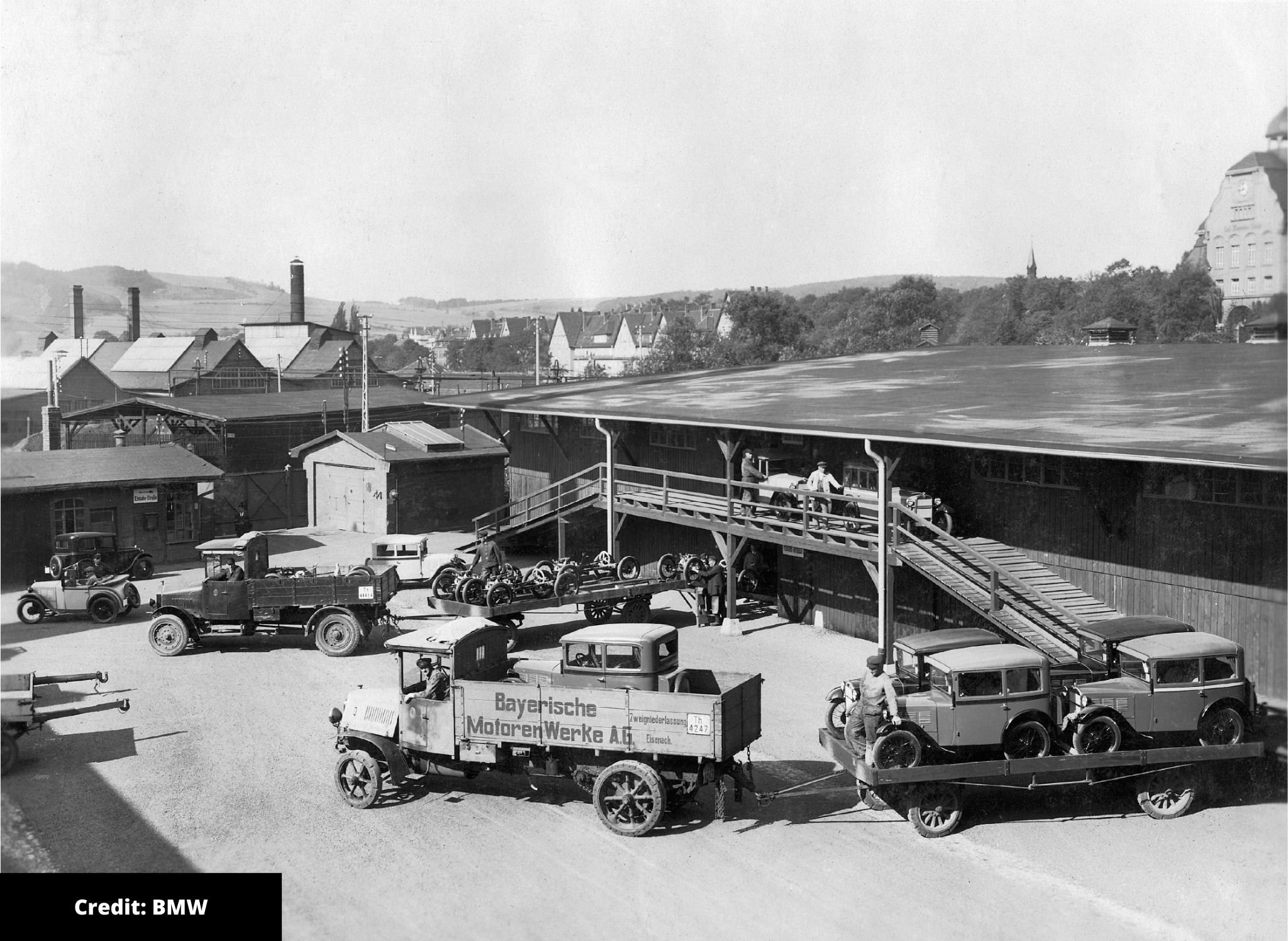
BMW also uses some unusual recycled materials in its current EV models, but the roots of the German giant lie in aero engines. Up until 1923, BMW didn’t bother with full vehicles, instead supplying its powerful aircraft engines to a variety of companies. However, finances dictated the company diversify, so it looked to use its engine-building experience to launch a motorcycle, which proved very successful. Following the trend in the 1920s for light cars, it was easy for BMW to see a progression from motorcycles to add car building to its repertoire.
However, BMW took until 1928 to take this step and, when it did, it was not with a car of its own design. What it used was a licence-built version of the Austin Seven called the BMW 3/15, which was itself a version of the Dixi already being built in Germany by a company that BMW then bought. In a quirk of fate, later BMW models were then imported to the UK under the Frazer Nash name.
Peugeot family’s steely determination
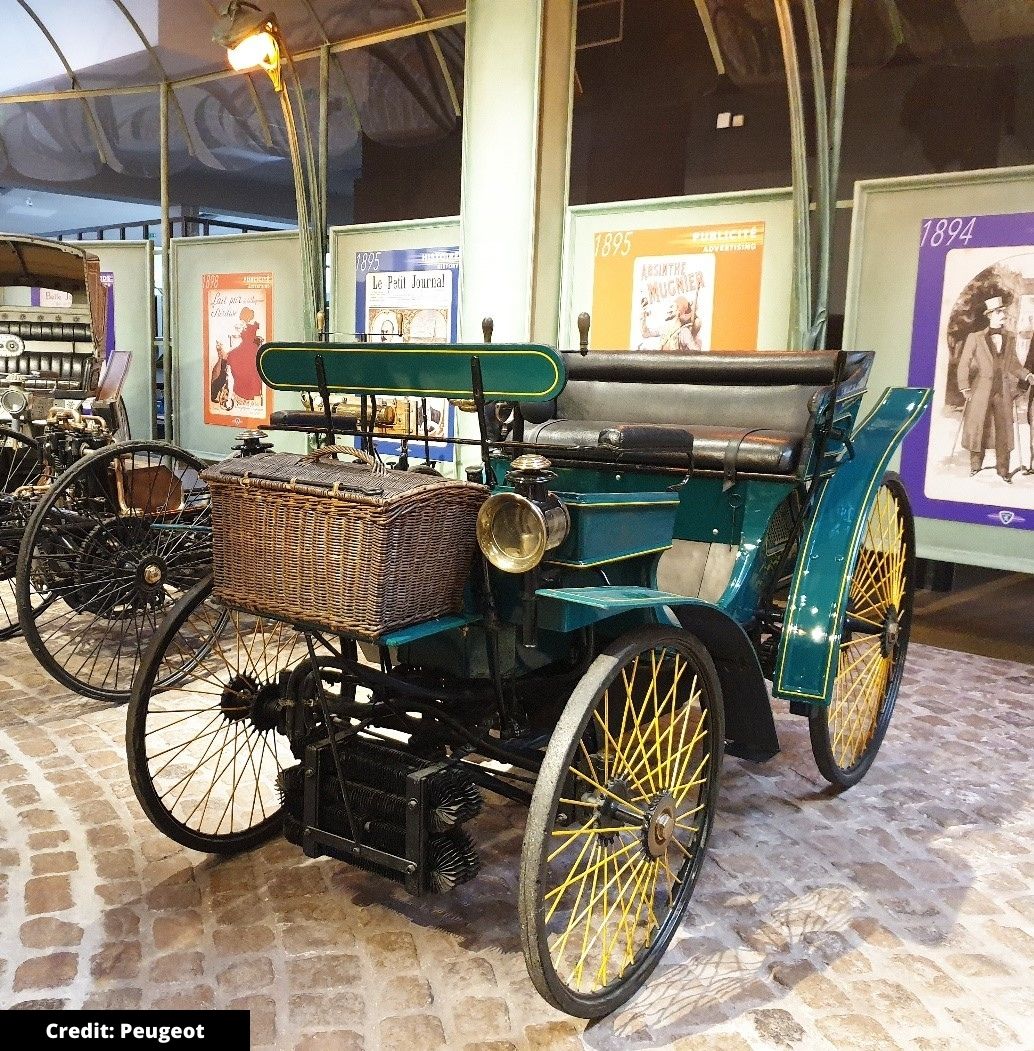
Peugeot has also had a strong foothold in the UK over the years, producing its 206 supermini here at its Ryton plant which itself has a history stretching back to 1939. The French company can trace its ancestry all the way to 1810 when the Peugeot family set up a foundry business. This steel was used to make thin rods for dresses that were the fashion at the time. From there, Peugeot supplied steel components for wheels and then whole bicycles, which it started to make itself.
In 1858, Émile Peugeot built the first vehicle to bear the family name with a steam-powered tricycle, with car production starting in 1890. This makes Peugeot one of the true pioneers of the car world and all this from helping with dressmaking.
Did you know any of these origins already? Let us know what you thought below.

I liked the article on the origins of motor car companies. However, have you considered adding Berkeley cars to the list. They were a caravan manufacturing company who then produced fibreglass sports cars using two stroke motorbike engines. Finally, the factory turned production to creating bras!
Roo , 25/11/2023
COMMENT